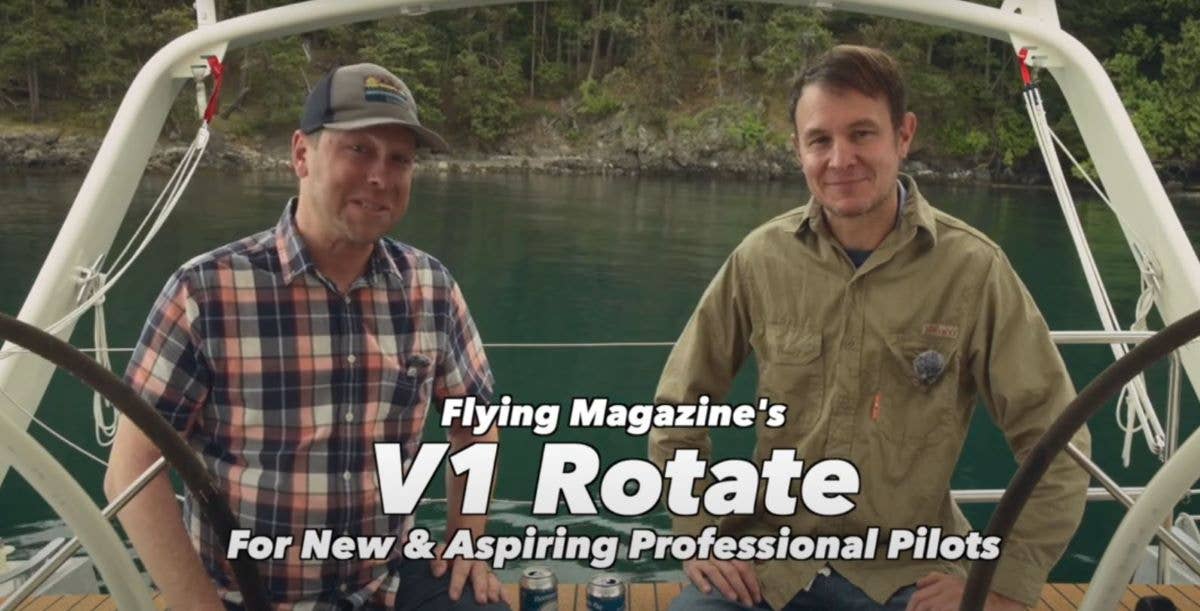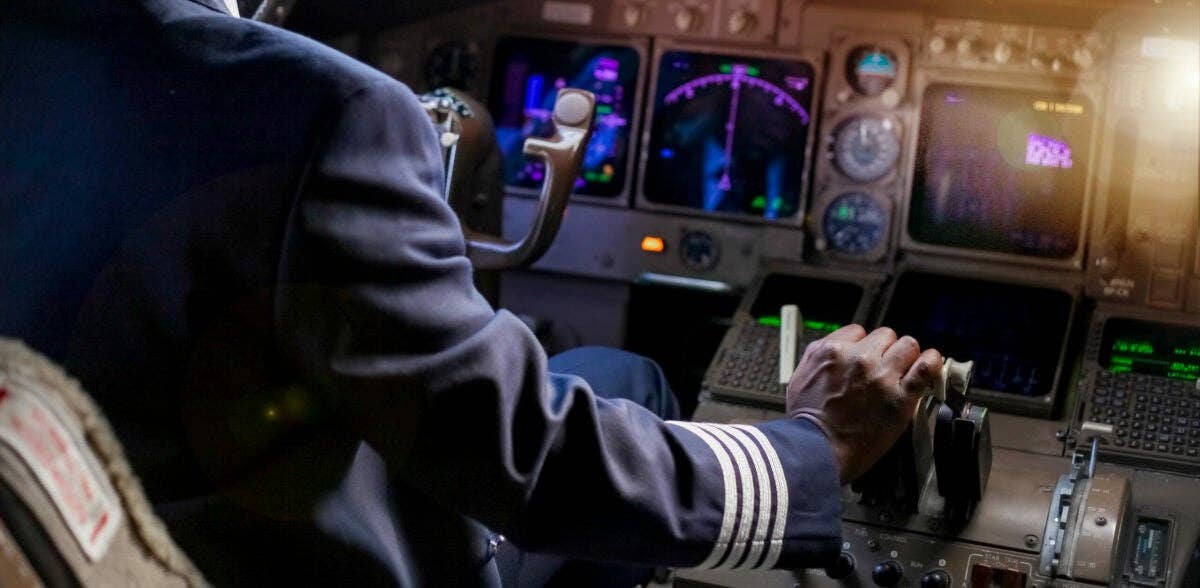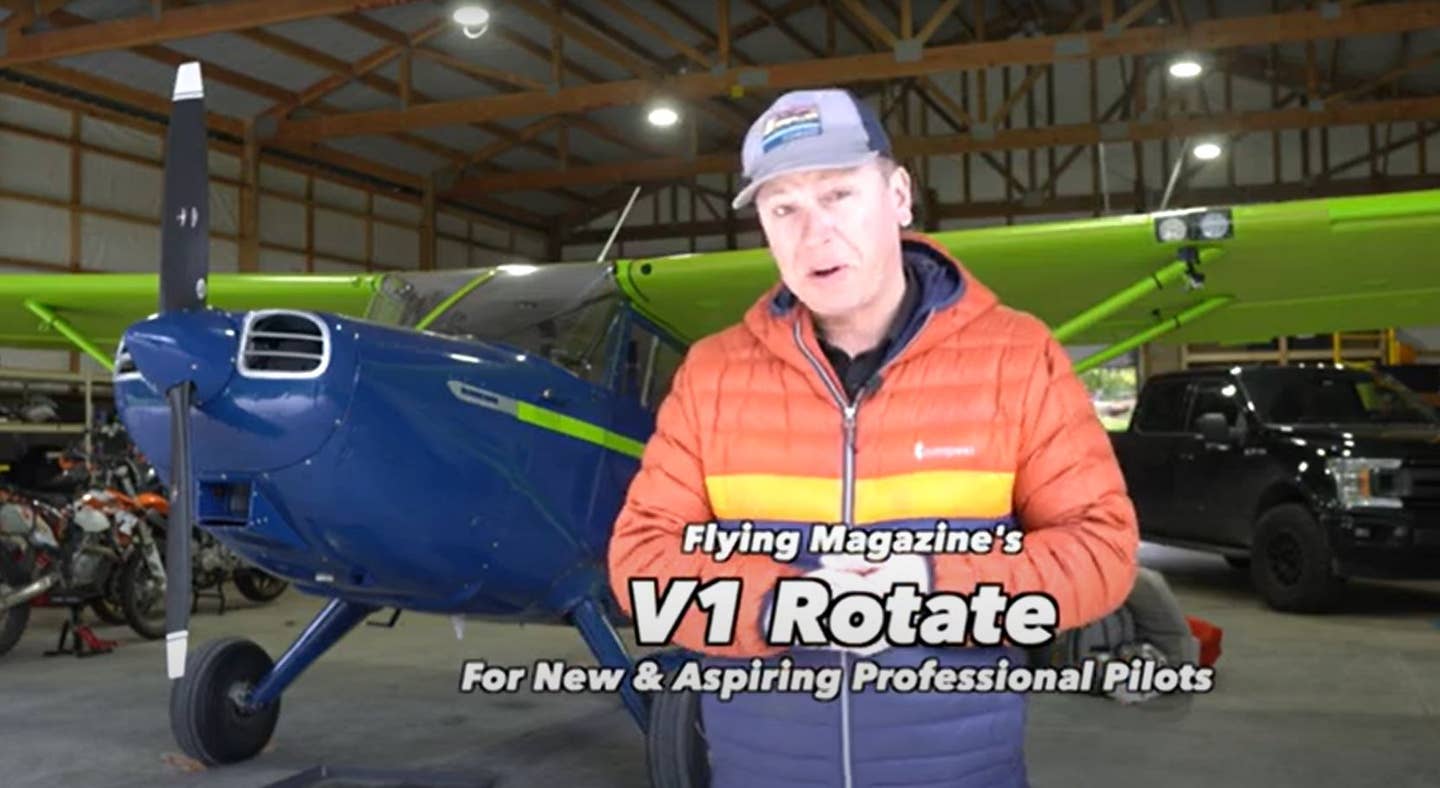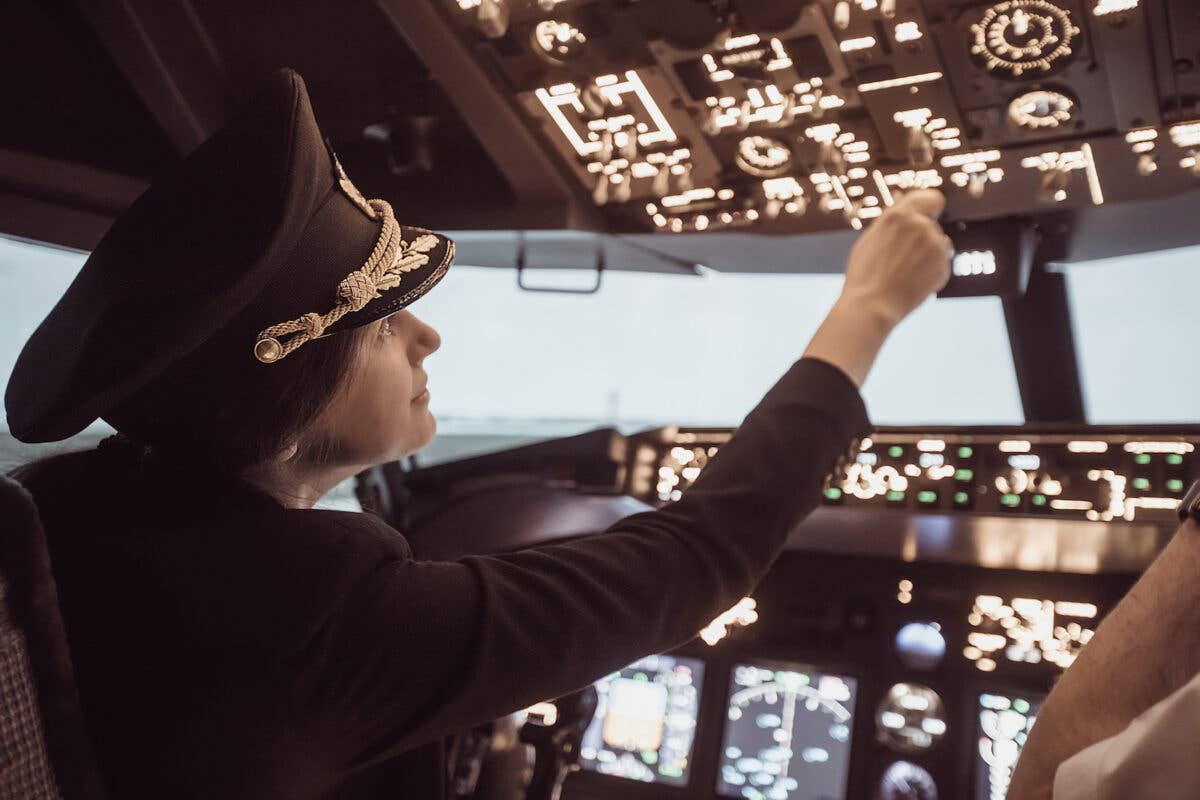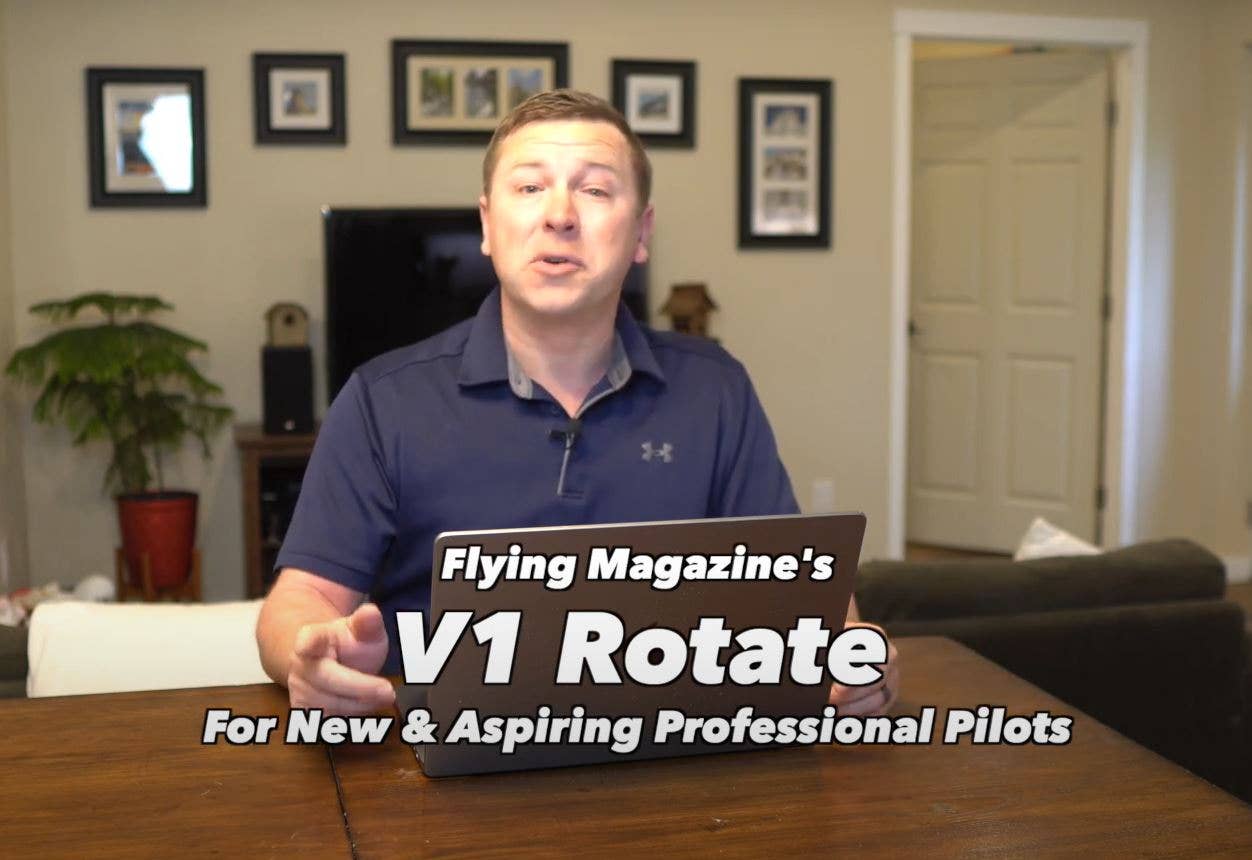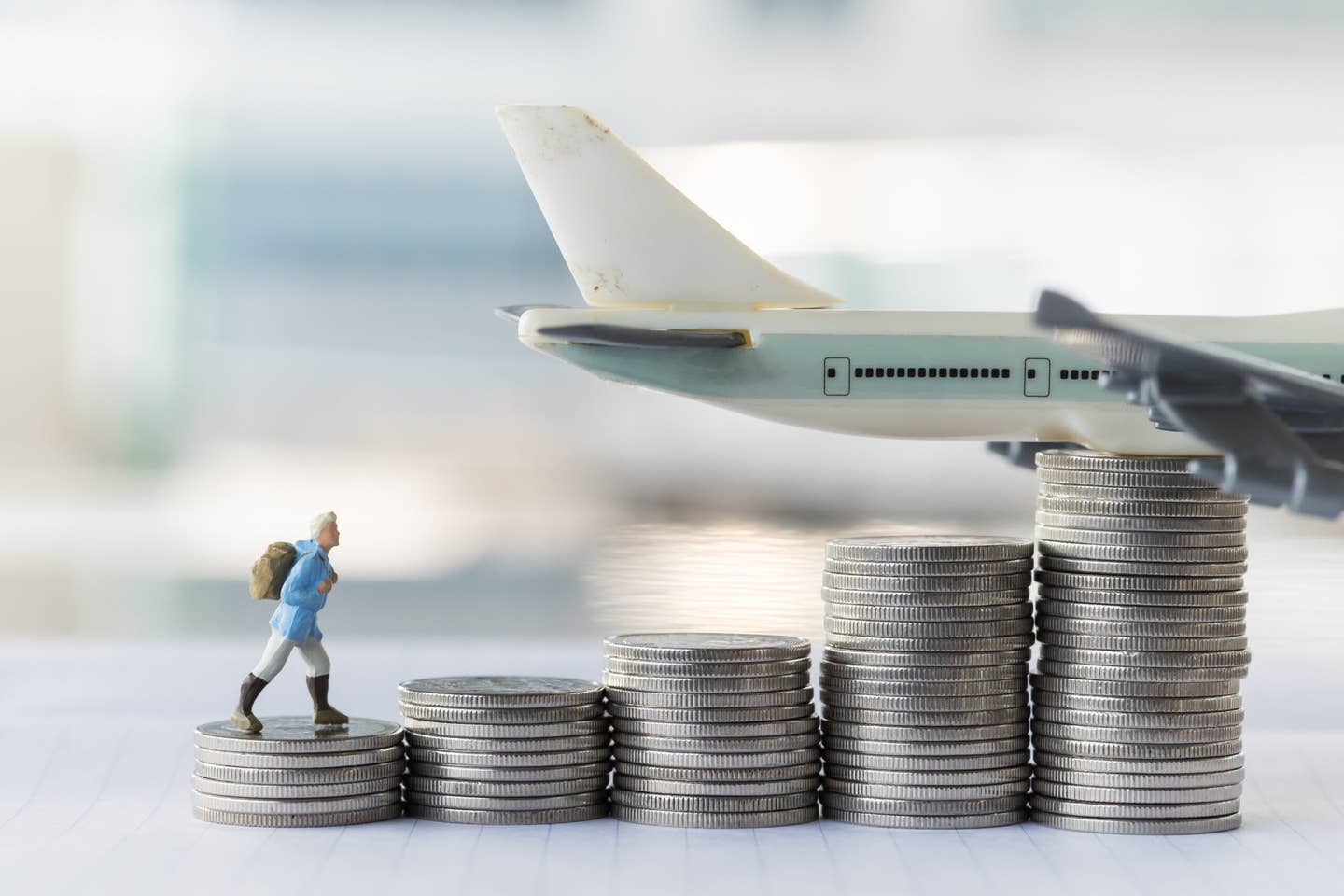A Primer on Pilot Certificate Conversions
When flying abroad, you have options to explore by air if you obtain the privilege.
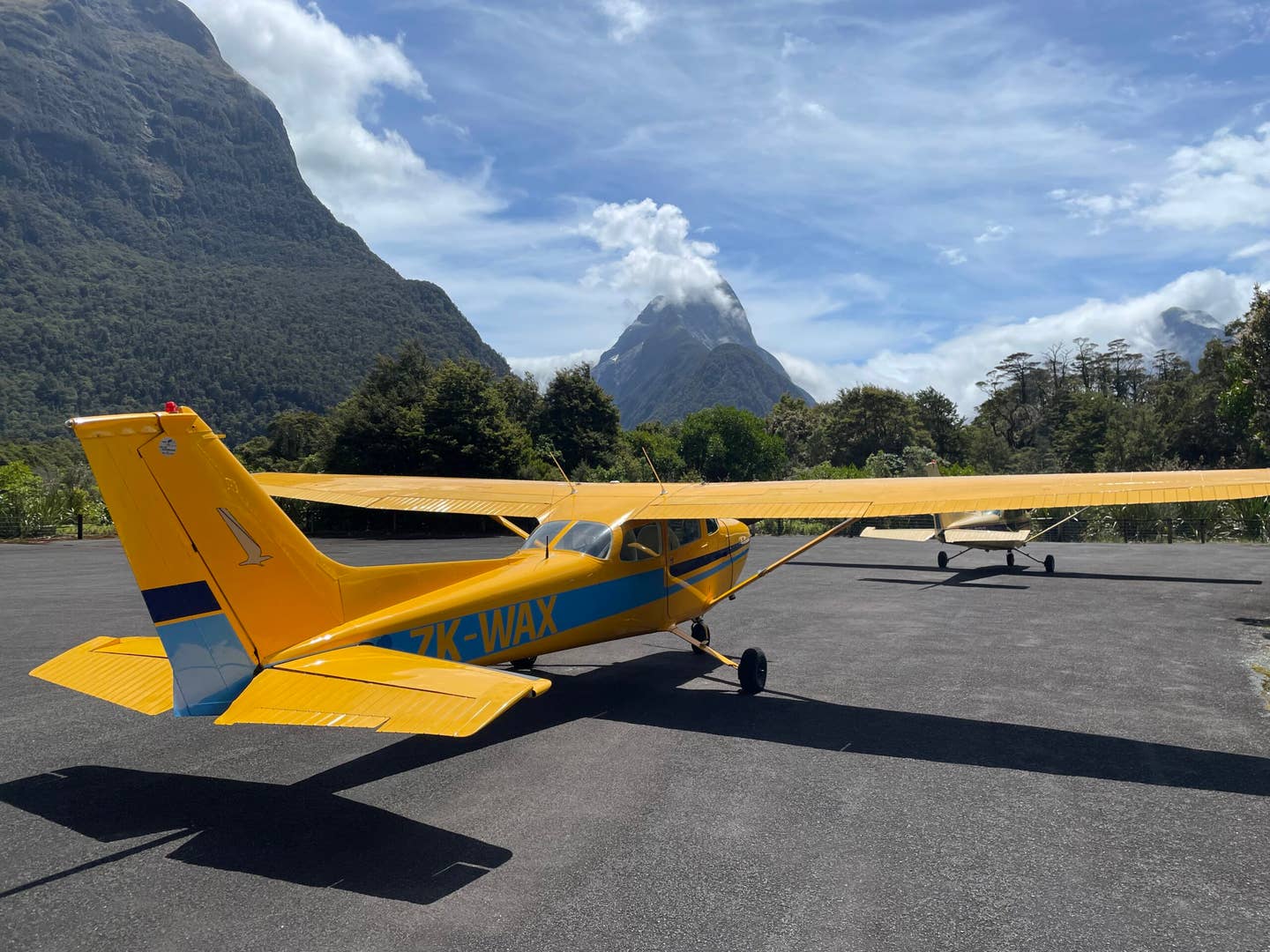
Compared to the difficulty of learning to fly and earning your FAA certificates in the first place, exporting them for use overseas is usually a pretty reasonable process. [Courtesy: Sam Weigel]
In November and December, my wife, Dawn, and I traveled to New Zealand for a month and flew a Cessna 172 around the South Island for eight days, a spectacular tour which will be featured in the V1 Rotate video episode posting on February 16. Though I was accompanied by a New Zealand-licensed flight instructor and therefore didn’t require a local license (they aren’t certificates in NZ), I did complete all the requirements for the New Zealand Civil Aviation Authority’s “Validation Permit,” which is basically a short-term, limited-purpose license conversion. Accordingly, I have been awarded NZ private pilot privileges until June. This is admittedly pretty low on the scale of aviation bragging rights, but it was interesting to go through the process and see how another country’s aviation authority approaches pilot certification.
As an FAA-certificated pilot, you are allowed to fly aircraft within the U.S., as well as N-registered aircraft in any ICAO member state (193 countries comprising the vast majority of the world). Beyond our shores and U.S.-registered aircraft, though, piloting requires converting your FAA certificate(s) to their foreign equivalent(s). There are a few reasons one might be interested in doing this.
The first, and most common, is foreign citizens returning to their native country after completing flight training in the U.S. because of the lower cost of flying here. There are now several schools in the U.S. that offer direct European Union Aviation Safety Agency (EASA) pilot licensure, but the more common route is to earn one’s FAA certificates here and then go through the conversion process back home.
The second scenario involves U.S. citizens converting their commercial or ATP certificate with the intention of working overseas as an expat (or emigrating), or as a hedge in case of a downturn in the U.S. economy, airline industry, or political situation. This was quite common in the “lost decade” after 9/11, when thousands of furloughed or career-stagnated U.S. pilots sought opportunities overseas at the same time that many foreign operators were facing an acute pilot shortage. Right now the U.S. is well ahead of most of the world in both pilot compensation and hiring, but this could change, and in any case a scenery shift will always appeal to some. Unless you are a dual citizen or otherwise have a right to work in a foreign state, however, obtaining a work visa may prove harder than converting your certificates.
The last scenario involves a U.S.-certificated pilot who spends a lot of time overseas, or is taking a lengthy vacation, and wishes to fly locally registered aircraft for pleasure. This usually involves issuing only a PPL (depending on the country) and perhaps an instrument rating.
Every country’s aviation authority sets its own requirements and process for converting pilot licenses, except in cases where multiple countries have combined their authorities into a single agency, as in the case of EASA (which covers the entire European Union, plus Norway, Iceland, Switzerland, and Lichtenstein). It helps that ICAO has coordinated three standard levels of licensure that are recognized by all member states: private (PPL), commercial (CPL), and airline transport (ATPL). A fourth ICAO license, multi-pilot (MPL), is not recognized by the U.S. or Canada. Instrument and multiengine ratings are well standardized and usually convertible, though maintaining currency and recency of experience can differ greatly. However, the FAA’s non-ICAO-standard certificates, such as recreational or light sport, usually cannot be converted.
Almost all conversions require obtaining a medical certificate issued by the converting authority. If not yet in-country, this might involve a special visit with associated time and expense. Medical certification standards vary, as do the guidelines for waivers and special issuances. In some cases, your current FAA medical can be used for a limited time frame, after which you must obtain a local medical of the appropriate class.
The simplest license conversions typically involve countries with similar regulatory structures, often neighbors. New Zealand and Australian licenses are easily interchangeable with a simple form. Converting a U.S. certificate to a Canadian one is a fairly simple process involving a 10-to-15-hour online class. The U.K.’s Civil Aviation Authority (CAA) resumed responsibility for licensure after Brexit, and its licenses were interchangeable with EASA until last year. They are still virtually identical and easily convertible. Some Middle East countries and others with a high percentage of expat airline pilots (notably excepting India and China) accept FAA, EASA, and U.K.-CAA ATPLs with a minimum of fuss.
- READ MORE: Make a Run for the Border
Most countries, however, present the potential convert with significant hurdles and no small amount of bureaucracy, particularly for CPL and ATPL. These can include a logbook review, submitting police records and undergoing a background check, undergoing mandatory ground and/or flight training, sitting for various exams, and passing a check ride or flight review. Even for my humble New Zealand short-term PPL validation, I had to log ground and flight instruction in weather and mountain flying from a NZ instructor and then complete a flight review. It’s worth noting that NZ, like many countries, uses a type-rating system even for piston singles. My BFR took place in a Cessna 172, and I am type rated in the “C172” only. To fly any other type, I would need to seek training from an appropriately rated NZ instructor. Similarly, to fly at night I would need to obtain a night rating.
The most common target for converting FAA certificates is undoubtedly EASA. Converting a PPL in the EU is a reasonably simple proposition, an instrument rating or CPL somewhat less so, and an ATPL least of all. The Europeans—and really, most aviation authorities worldwide—place a much greater emphasis on knowledge testing than the FAA. ATPL conversion candidates must sit for 14 separate exams, testing knowledge of aerodynamics, weather, systems, regulations, air traffic procedures, and so forth. In addition, there are many ground and flight training requirements, capped off by a check ride. It’s a lengthy, expensive, and cumbersome process, yet thousands of European professional pilots (and a few Americans) have gone this route.
Ultimately, flying is flying the world over, and the differences from country to country are relatively minor in the scheme of things. Compared to the difficulty of learning to fly and earning your FAA certificates in the first place, exporting them for use overseas is usually a pretty reasonable process and an enlightening one that gives a sneak peek into how various aviation authorities go about their business.

Subscribe to Our Newsletter
Get the latest FLYING stories delivered directly to your inbox

